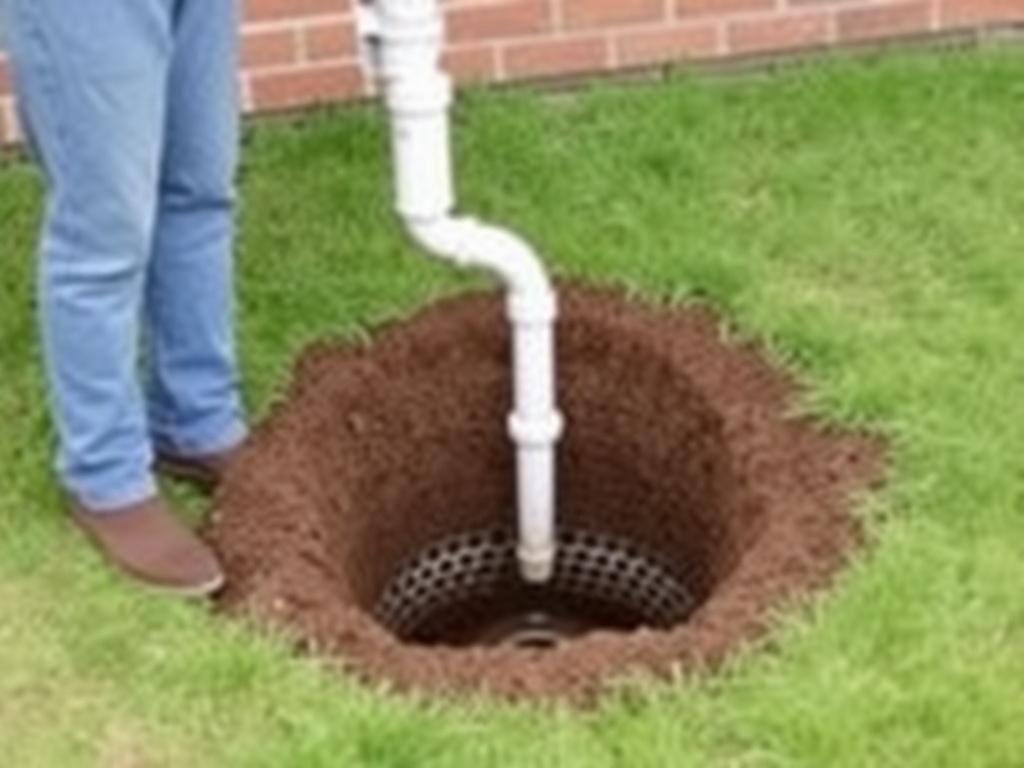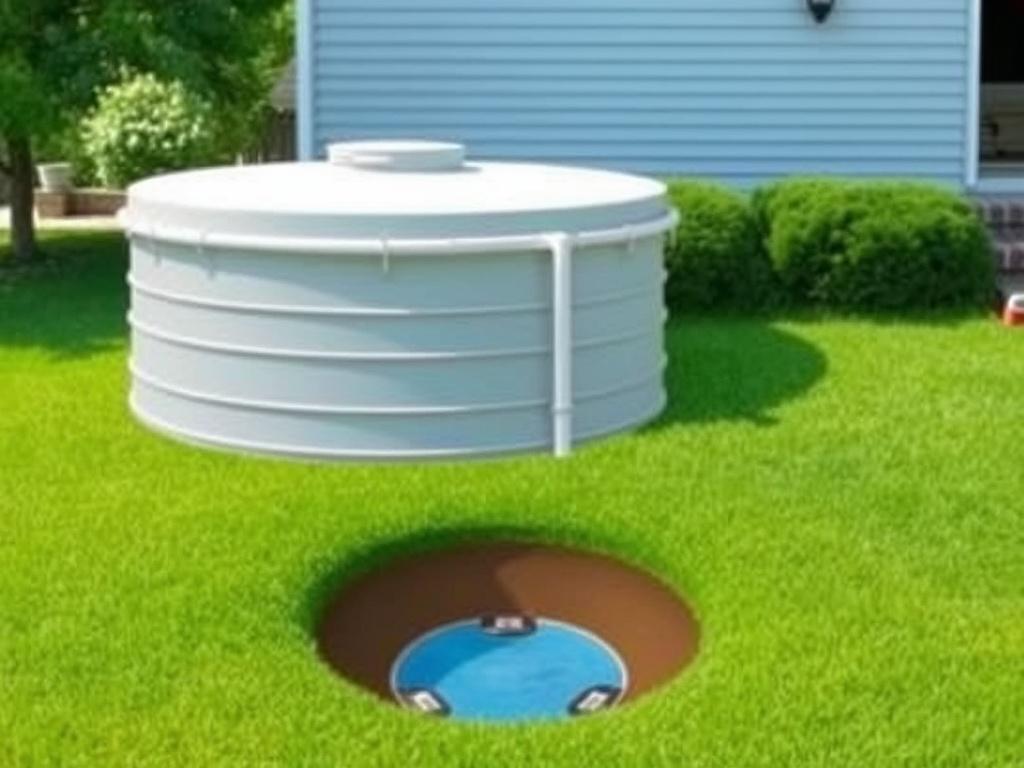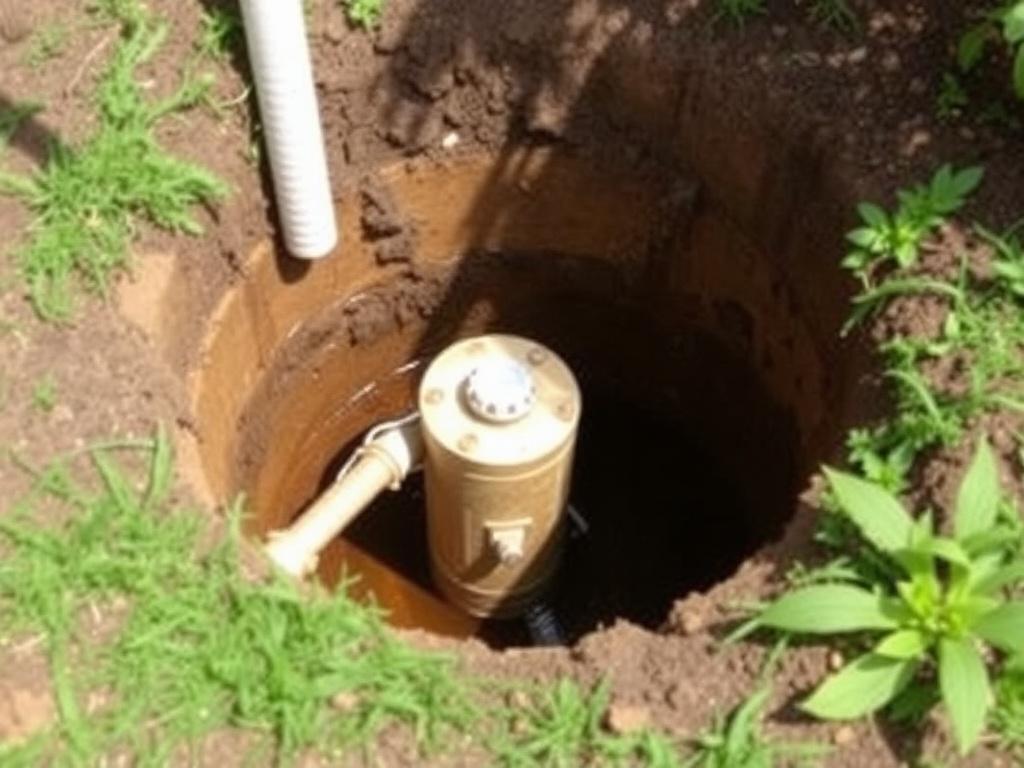Septic tanks are a crucial part of many homes, especially in rural areas. They handle and treat household wastewater, preventing contamination of the environment and keeping your home sanitary. But what happens when your septic tank won’t drain? It’s not just an inconvenience—it can lead to serious issues like sewage backup, unpleasant odors, and costly repairs. If you find yourself facing this problem, don’t panic. Fixing a septic tank that won’t drain is manageable with the right knowledge and approach. In this article, we will walk you through the common causes, troubleshooting methods, and effective solutions. By the end, you’ll feel confident about how to restore your septic system’s function and keep it running smoothly.
- Understanding Your Septic Tank System
- Key parts of a septic system:
- Common Causes of a Septic Tank That Won’t Drain
- 1. Septic Tank Full or Overloaded
- 2. Clogged Pipes
- 3. Drain Field Problems
- 4. Pump Failure
- 5. Excessive Water Usage
- 6. Tree Roots and Soil Shifts
- 7. Improper Waste Disposal
- How to Diagnose the Problem
- Step 1: Inspect the Signs
- Step 2: Check Septic Tank Access Points
- Step 3: Test Your Drains
- Step 4: Look for Obstructions
- Step 5: Call Professionals for Testing
- How to Fix a Septic Tank That Won’t Drain
- 1. Pump Out Your Septic Tank
- Tips for Septic Tank Pumping:
- 2. Clear Clogged Pipes
- 3. Repair or Replace Drain Field
- 4. Fix or Replace the Pump
- 5. Reduce Water Usage
- 6. Remove Tree Roots
- 7. Avoid Harmful Waste Disposal
- Preventive Measures to Keep Your Septic Tank Draining Properly
- When to Call a Professional
- Frequently Asked Questions About Septic Tanks That Won’t Drain
- Q: How long can I wait to pump my septic tank?
- Q: Can septic tank additives fix a tank that won’t drain?
- Q: How much does it cost to fix a septic tank that won’t drain?
- Q: Can tree roots cause my septic tank to stop draining?
- Q: Is it safe to use chemical drain cleaners on septic system clogs?
- Summary Table: Causes and Solutions for a Septic Tank That Won’t Drain
- Conclusion
Understanding Your Septic Tank System

Before diving into how to fix a septic tank that won’t drain, it’s essential to understand how your septic system works. A septic tank collects all the wastewater from your home’s drains—sinks, toilets, showers, and washing machines—allowing the solids to settle at the bottom while letting the liquid wastewater flow out into a drain field for further absorption and filtration.
When everything is functioning well, this process is unseen, odor-free, and trouble-free. However, many things can go wrong to cause the septic tank to stop draining properly. Some problems are simple plumbing clogs, but others might stem from more serious septic system issues like a malfunctioning drain field or a full tank.
Key parts of a septic system:
- Septic Tank: The central container where solids and liquids separate.
- Inlet Pipe: Carries wastewater from the house to the septic tank.
- Outlet Pipe: Lets the liquid wastewater leave the tank and enter the drain field.
- Drain Field (Leach Field): Distributes and filters the wastewater back into the soil.
- Soil: Acts as a natural filter, breaking down harmful bacteria in the wastewater.
Knowing these parts will help you understand where the blockage or failure might be happening.
Common Causes of a Septic Tank That Won’t Drain

When your septic tank won’t drain, pinpointing the cause is crucial. A variety of problems can lead to this state, ranging from blockages to mechanical failures. Here are the most common causes you need to investigate:
1. Septic Tank Full or Overloaded
One of the most common reasons a septic tank won’t drain is because it’s full. Over time, the solids accumulate at the bottom of the tank, reducing its capacity. When sludge and scum layers become too thick, they can clog the outlet pipe and prevent wastewater from flowing to the drain field.
2. Clogged Pipes
The inlet or outlet pipes might get clogged with debris, grease, or sludge. When clogged, these pipes restrict or block the flow of wastewater, making the septic tank appear as if it’s not draining.
3. Drain Field Problems
The drain field can become saturated or damaged due to excessive water use or soil issues. Without a functioning drain field, wastewater has nowhere to go, causing backups and drainage failure.
4. Pump Failure
If your septic system has a pump to move wastewater, this mechanical part can fail. A broken pump means wastewater cannot be properly discharged, leading to drainage problems.
5. Excessive Water Usage
High water usage, such as multiple laundry loads or long showers, floods the septic system. It overwhelms the capacity and slows down the drainage and treatment process.
6. Tree Roots and Soil Shifts
Roots from nearby trees can invade pipes or the drain field, causing blockages or physical damage to the system. Soil shifts, in turn, can misalign septic components.
7. Improper Waste Disposal
Flushing inappropriate items like wipes, grease, or harsh chemicals can clog or damage the septic tank and drain field, hindering drainage.
How to Diagnose the Problem
Once you know the common causes, diagnosing your septic tank issue is the next step. This will save time and money by targeting the problem directly. Here’s a step-by-step approach to diagnose why your septic tank won’t drain:
Step 1: Inspect the Signs
- Slow Drains and Backups: Do sinks, tubs, or toilets drain slowly, or are there backups? This signals blockage or overload.
- Foul Smells: Are there sewage odors near your home or septic tank area? This indicates drainage failure.
- Wet Spots or Pooling Water: Look for soggy soil or standing water near the drain field or septic tank.
Step 2: Check Septic Tank Access Points
Locate your septic tank’s access ports and open the lids carefully. Avoid inhaling any gases and use protective gloves. Check the wastewater level inside the tank. If the level is above the outlet pipe, this indicates a problem.
Step 3: Test Your Drains
Try running water in your sinks or toilets. If water pools faster than it flows, you likely have a blockage in the system.
Step 4: Look for Obstructions
Remove the inspection pipes if possible and probe gently to feel for physical blockages.
Step 5: Call Professionals for Testing
If basic inspection doesn’t reveal the cause, a septic professional can perform more thorough checks such as video pipe inspection or soil absorption testing.
How to Fix a Septic Tank That Won’t Drain

Now that you understand the common causes and diagnosis steps, let’s look at specific solutions on how to fix a septic tank that won’t drain. Keep safety in mind, and remember if you are not comfortable handling these tasks, always call a licensed septic service professional.
1. Pump Out Your Septic Tank
If your septic tank is full or overloaded, the first step is to pump it out. Septic tank pumping removes all the sludge and scum buildup, restoring space for wastewater and preventing blockages.
Tips for Septic Tank Pumping:
- Hire a licensed septic pumping company for thorough and safe pumping.
- Schedule regular pumping every 3-5 years, depending on system size and usage.
- After pumping, flush water to confirm flow improvement.
2. Clear Clogged Pipes
Sometimes, simple pipe blockages cause drainage failure. Use a plumber’s snake or drain auger to gently clear blockages in inlet or outlet pipes. Avoid harsh chemicals as they can damage your septic system.
3. Repair or Replace Drain Field
If the drain field is saturated or damaged, repair or replacement might be necessary. This is a complex and costly repair, so professional assessment is recommended.
4. Fix or Replace the Pump
If a septic pump is faulty, a professional can either repair or replace it. Regular maintenance helps avoid sudden pump failure.
5. Reduce Water Usage
Help your septic system by conserving water. Spread out heavy water-using tasks like laundry and fix leaks promptly.
6. Remove Tree Roots
Hire a professional to safely remove roots invading the system. Avoid planting trees near septic components.
7. Avoid Harmful Waste Disposal
Never flush non-degradable items, grease, or chemical cleaners. Stick to septic-safe products.
Preventive Measures to Keep Your Septic Tank Draining Properly
Fixing a septic tank that won’t drain is just part of the story. Preventing the problem from recurring is equally vital. Here are some tips to maintain a healthy septic system:
| Preventive Measure | Description | Benefits |
|---|---|---|
| Regular Pumping | Schedule septic tank pumping every 3-5 years. | Prevents sludge buildup and blockages. |
| Water Conservation | Reduce excessive water use and fix leaks. | Stops overload and drain field saturation. |
| Proper Waste Disposal | Avoid flushing or pouring harmful substances into drains. | Protects pipes, tank, and soil bacteria. |
| Routine Inspections | Have professionals inspect tank and drain field regularly. | Early detection of problems prevents damage. |
| Manage Landscaping | Keep trees away and cover tank area properly. | Prevents root intrusion and soil shifting. |
When to Call a Professional
While some fixes can be DIY, certain septic tank drainage problems require a professional. You should call a septic expert when:
- You’ve pumped the tank but the problem persists.
- There is sewage backup inside your home.
- You suspect damage to the drain field.
- You need help with complicated pumping or repairs.
- There are strong odors that don’t go away.
Professionals have the tools, experience, and know-how to diagnose hidden issues and provide long-term solutions, saving you money and stress.
Frequently Asked Questions About Septic Tanks That Won’t Drain
Q: How long can I wait to pump my septic tank?
A: It’s best not to wait more than 3-5 years. Waiting too long can lead to sludge buildup and blockages, causing drainage failure.
Q: Can septic tank additives fix a tank that won’t drain?
A: While some additives claim to improve bacterial action, they usually don’t fix drainage problems caused by blockages or damage. Pumping and repairs are more effective.
Q: How much does it cost to fix a septic tank that won’t drain?
A: Costs vary widely depending on the issue—from $300 for pumping to several thousand dollars for drain field replacement.
Q: Can tree roots cause my septic tank to stop draining?
A: Yes, roots can invade pipes and the drain field, causing blockages and damage that impair drainage.
Q: Is it safe to use chemical drain cleaners on septic system clogs?
A: No. Many chemical drain cleaners harm the bacteria in the septic tank and can damage pipes.
Summary Table: Causes and Solutions for a Septic Tank That Won’t Drain
| Cause | Symptoms | Fix | When to Call a Pro |
|---|---|---|---|
| Full Septic Tank | Slow drains, high wastewater level | Pump the tank | If pumping doesn’t help |
| Clogged Pipes | Slow draining fixtures | Clear blockages with plumbing snake | If blockage is deep or persistent |
| Drain Field Saturation | Pooling water near tank | Reduce water use, possibly field replacement | Severe saturation or damage |
| Pump Failure | No wastewater flow | Repair or replace pump | Always |
| Tree Roots | Blockages, pipe damage | Root removal, pipe repair | Always |
Conclusion
A septic tank that won’t drain is a serious issue that can disrupt your home’s plumbing and pose health risks. However, by understanding your septic system, identifying common causes, and following the right steps to diagnose and fix problems, you can often resolve drainage issues yourself or with professional help. Regular maintenance, including scheduled pumping and careful water use, is key to keeping your septic tank and drain field functioning smoothly for years to come. Remember, while some fixes are simple, don’t hesitate to call septic experts when problems persist or become complex. Taking timely action not only protects your home and environment but also saves you from costly repairs down the road. With the right knowledge and care, your septic system can keep your household safe, comfortable, and hygienic.
Помогла вам статья?






